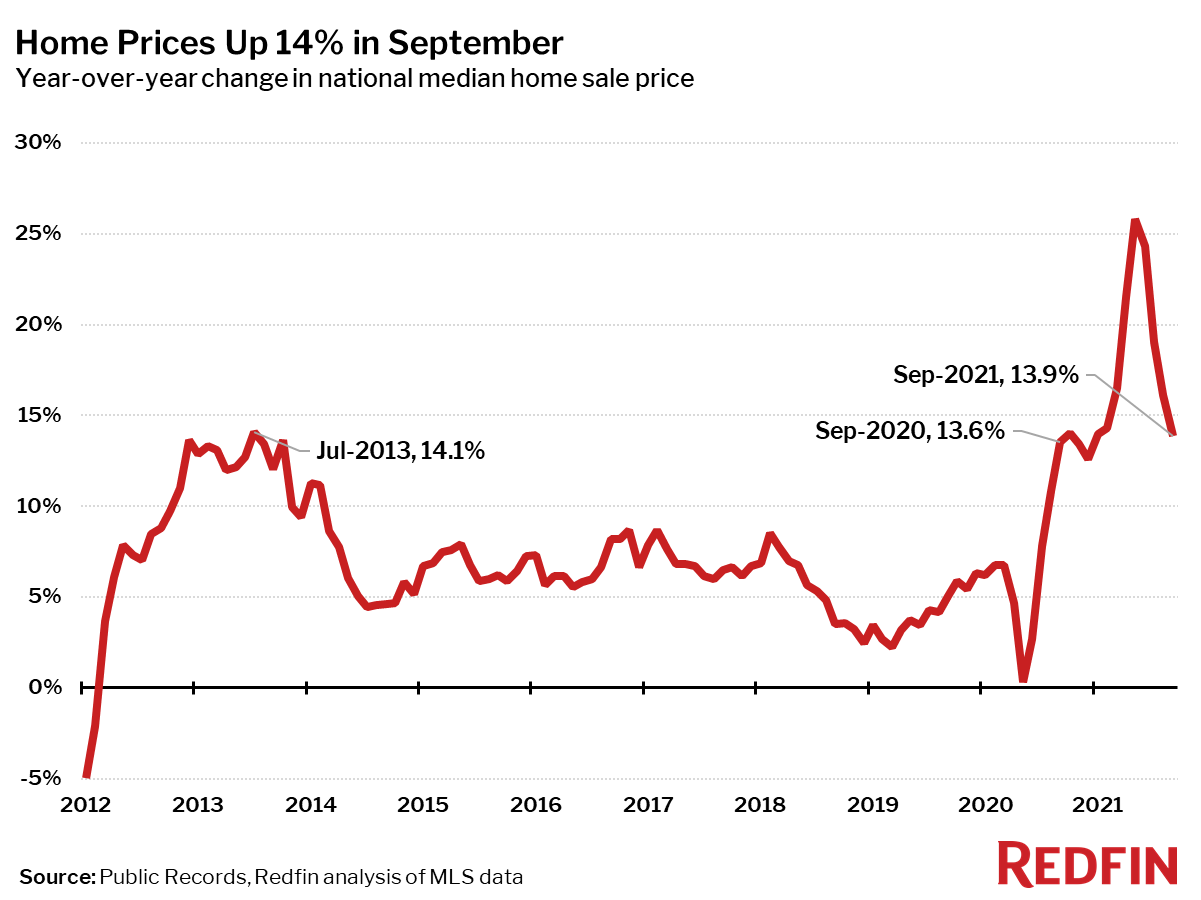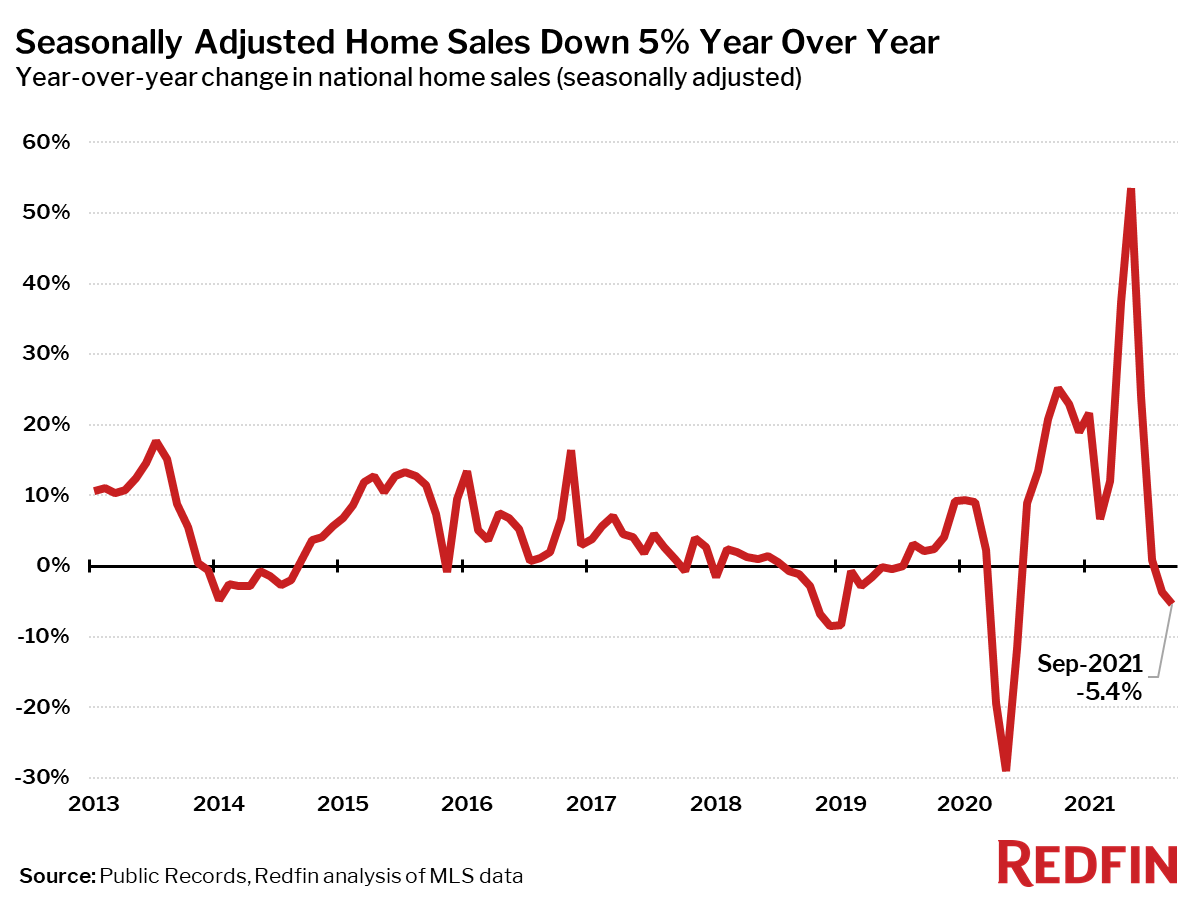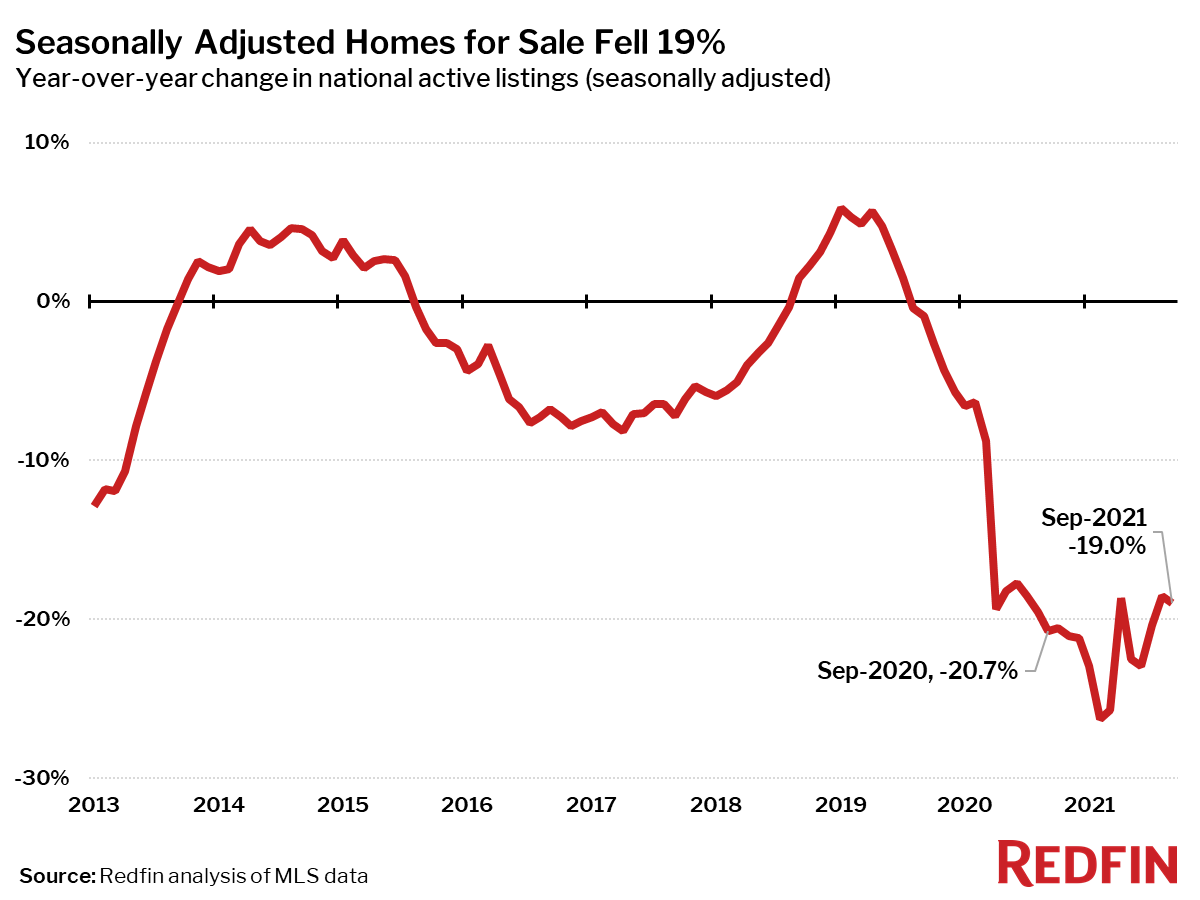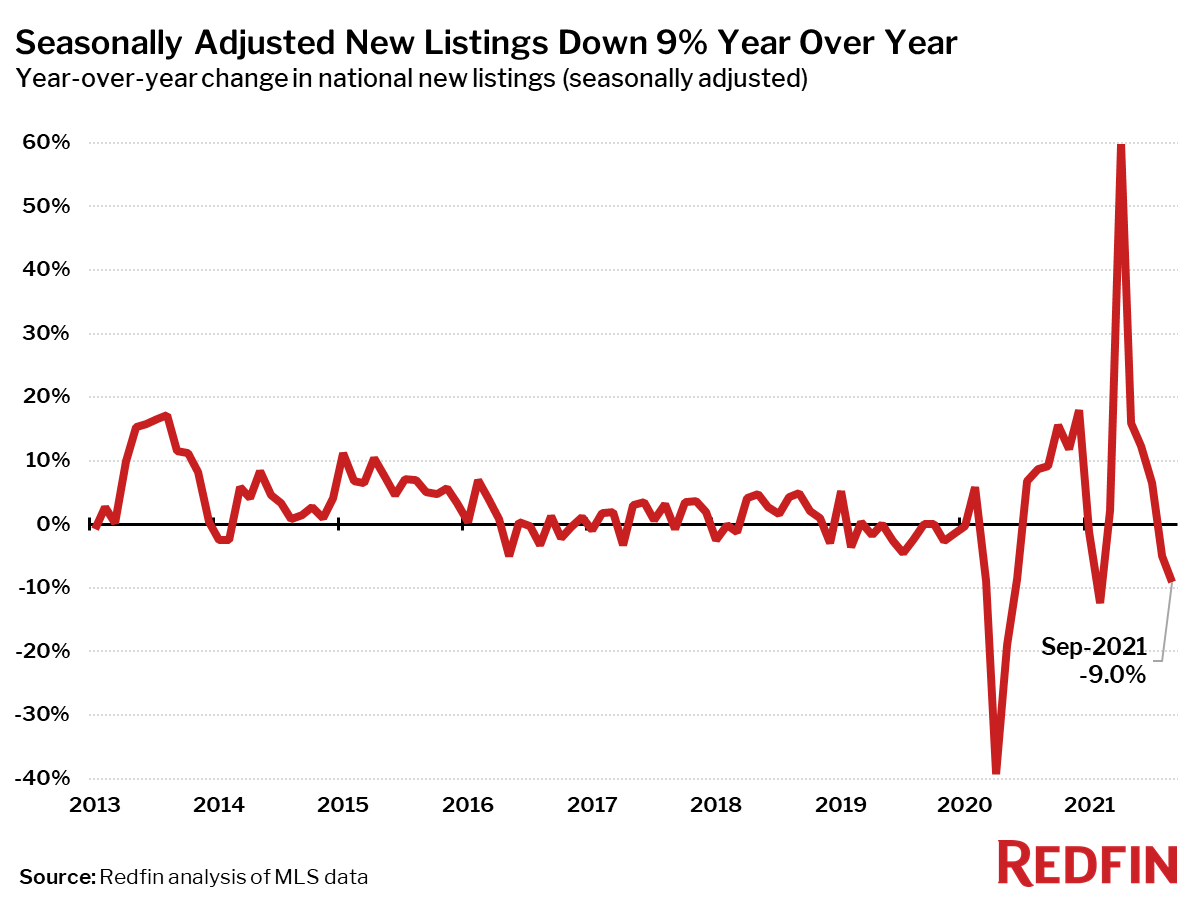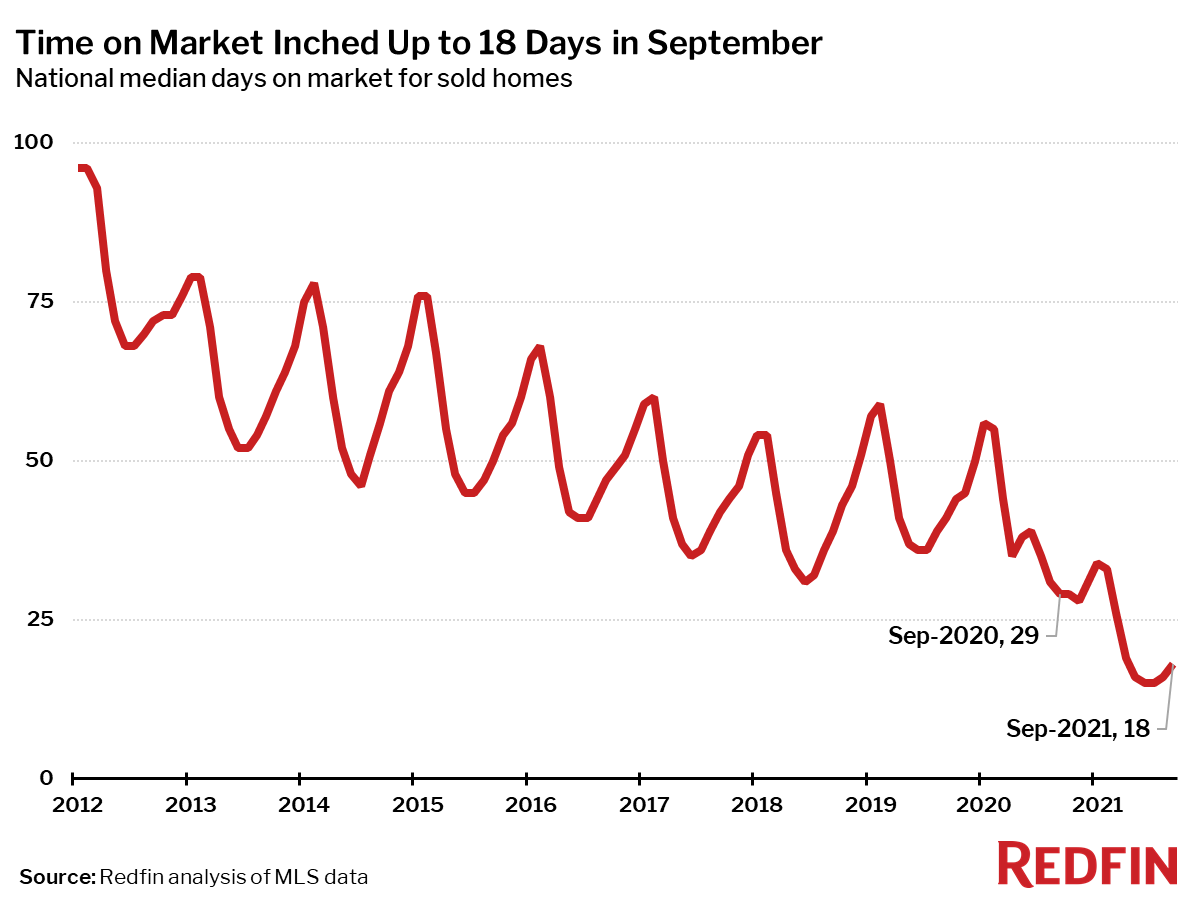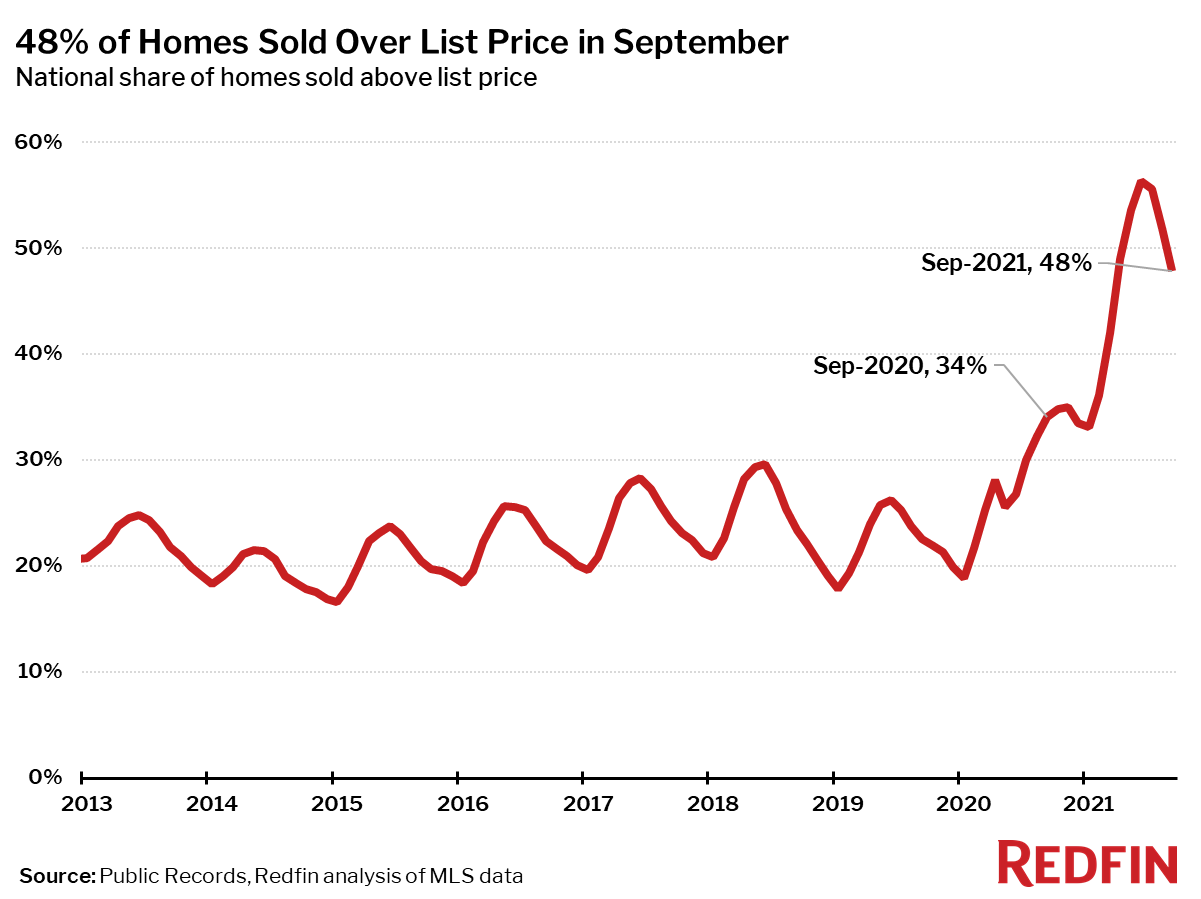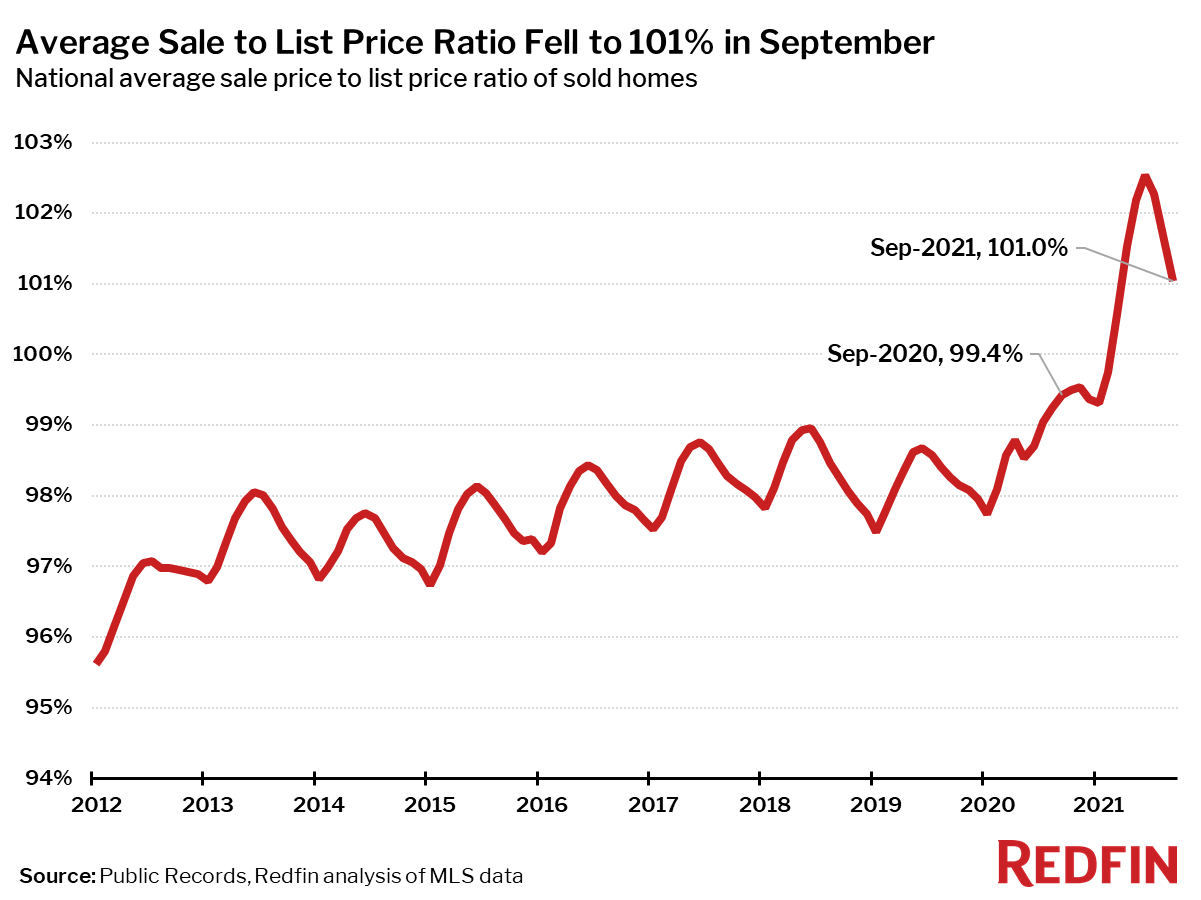Freddie Mac today released the results of its Primary Mortgage Market Survey® (PMMS®), showing the 30-year fixed-rate mortgage (FRM) averaged 6.95 percent.
“Mortgage rates continue to hover around seven percent, as the dynamics of a once-hot housing market have faded considerably,” said Sam Khater, Freddie Mac’s Chief Economist. “Unsure buyers navigating an unpredictable landscape keeps demand declining while other potential buyers remain sidelined from an affordability standpoint. Yesterday’s interest rate hike by the Federal Reserve will certainly inject additional lead into the heels of the housing market.”
News Facts
- 30-year fixed-rate mortgage averaged 6.95 percent with an average 0.8 point as of November 3, 2022, down from last week when it averaged 7.08 percent. A year ago at this time, the 30-year FRM averaged 3.09 percent.
- 15-year fixed-rate mortgage averaged 6.29 percent with an average 1.2 point, down from last week when it averaged 6.36 percent. A year ago at this time, the 15-year FRM averaged 2.35 percent.
- 5-year Treasury-indexed hybrid adjustable-rate mortgage (ARM) averaged 5.95 percent with an average 0.2 point, down from last week when it averaged 5.96 percent. A year ago at this time, the 5-year ARM averaged 2.54 percent.
The PMMS® is focused on conventional, conforming, fully amortizing home purchase loans for borrowers who put 20 percent down and have excellent credit. Average commitment rates should be reported along with average fees and points to reflect the total upfront cost of obtaining the mortgage. Visit the following link for the Definitions. Borrowers may still pay closing costs which are not included in the survey.
NOTE: Freddie Mac is making a number of enhancements to the PMMS to improve the collection, quality and diversity of data used. Instead of surveying lenders, the weekly results will be based on applications received from thousands of lenders across the country that are submitted to Freddie Mac when a borrower applies for a mortgage. Additionally, we will no longer publish fees/points or adjustable rates. The newly recast PMMS will be put in place on November 17, 2022, and the weekly distribution will be Thursdays at 12 p.m. ET.


